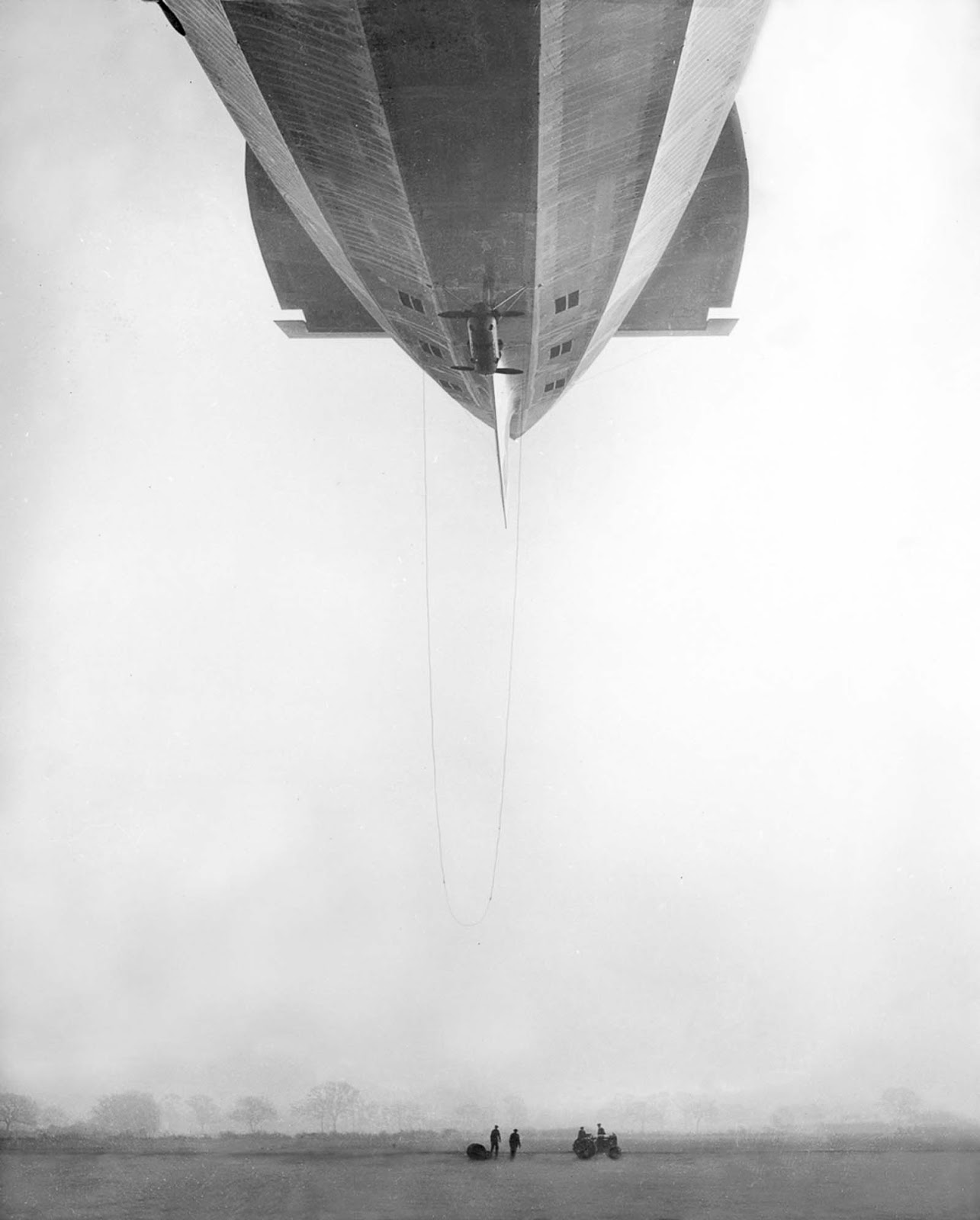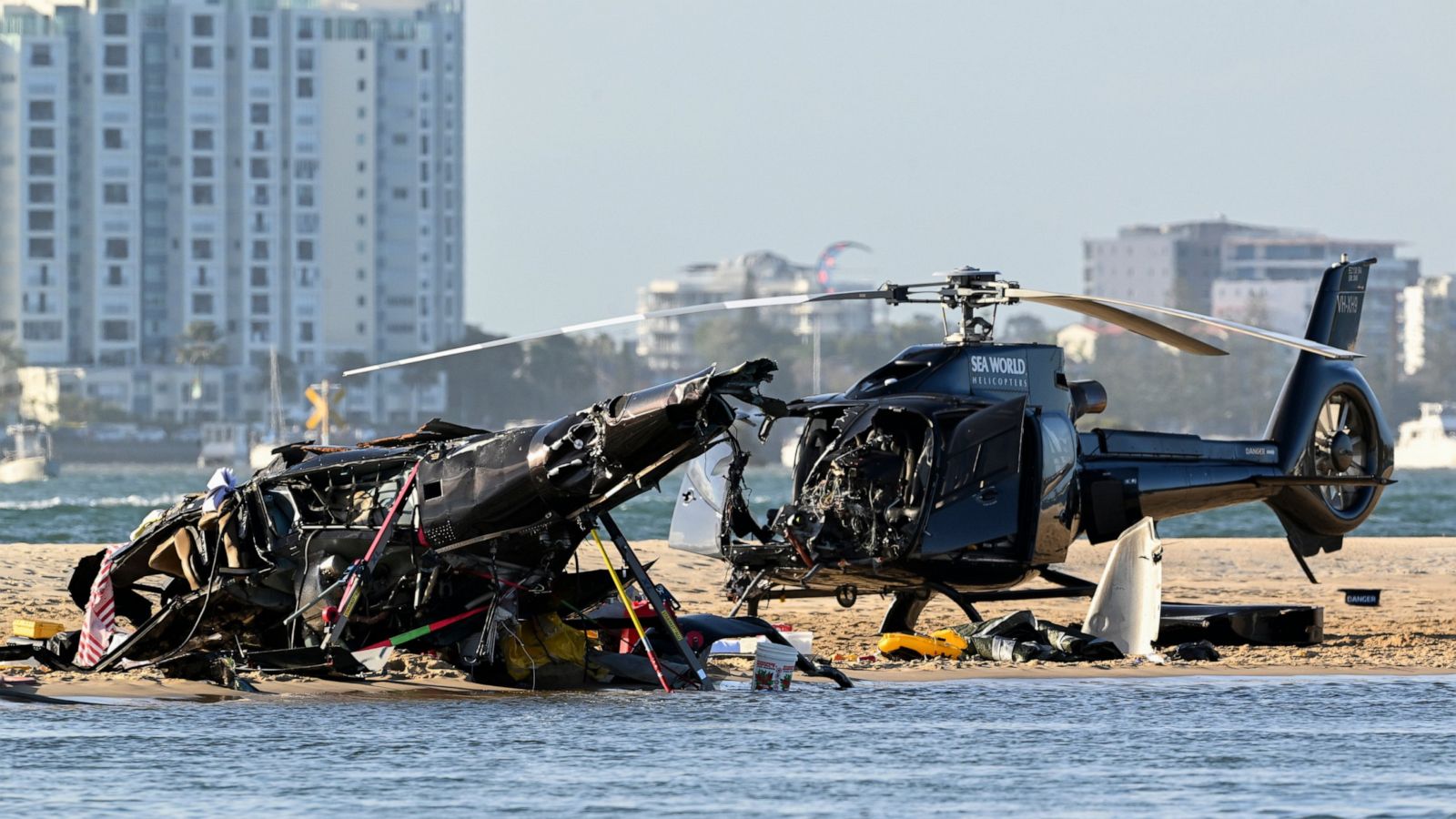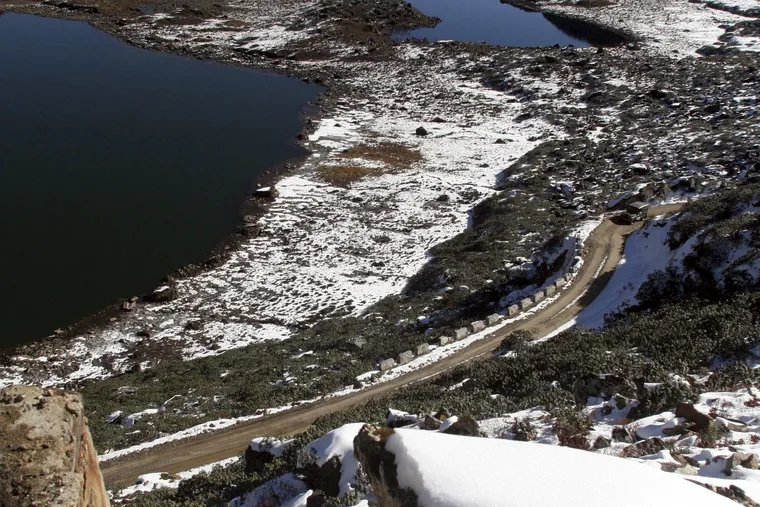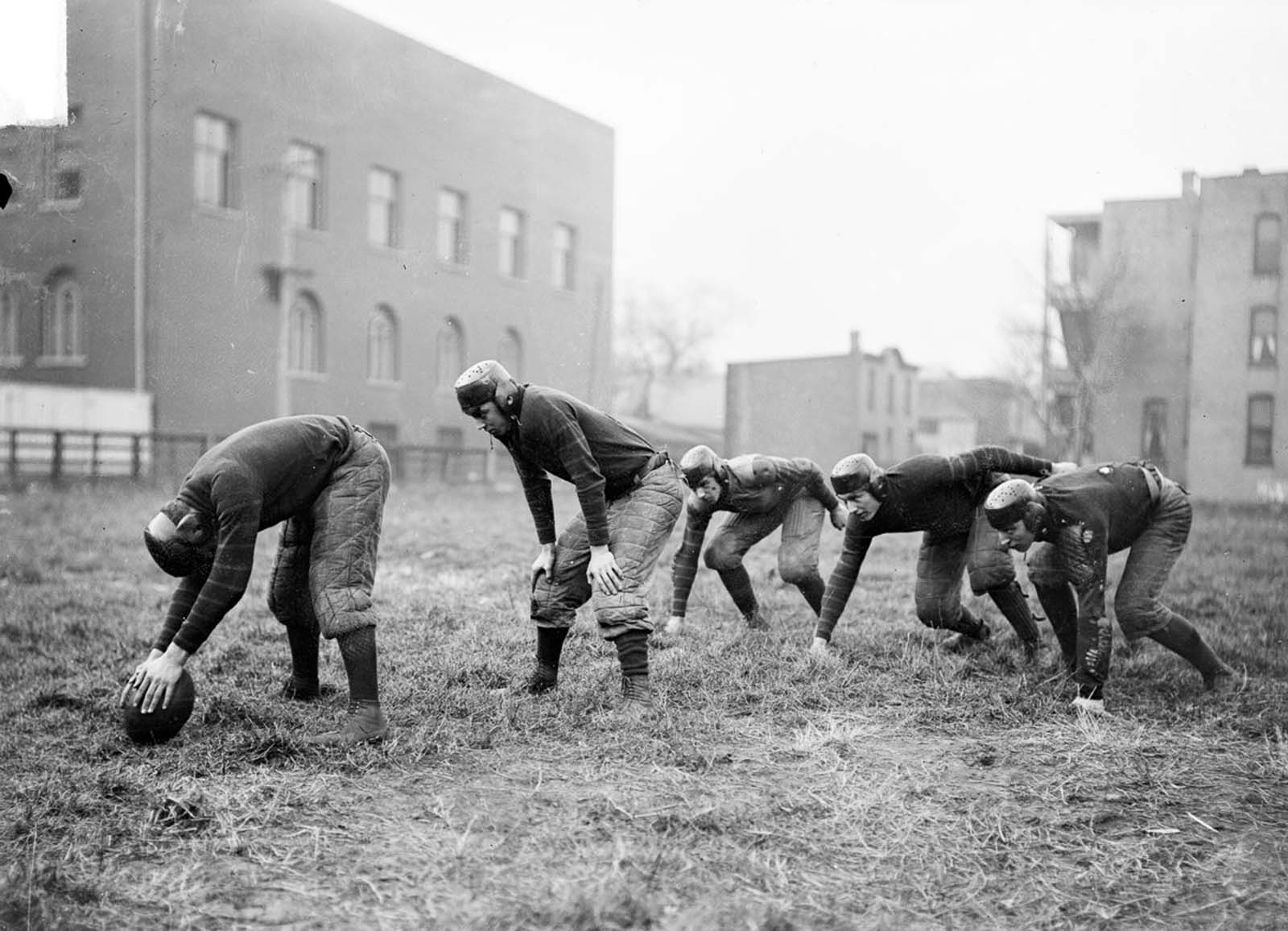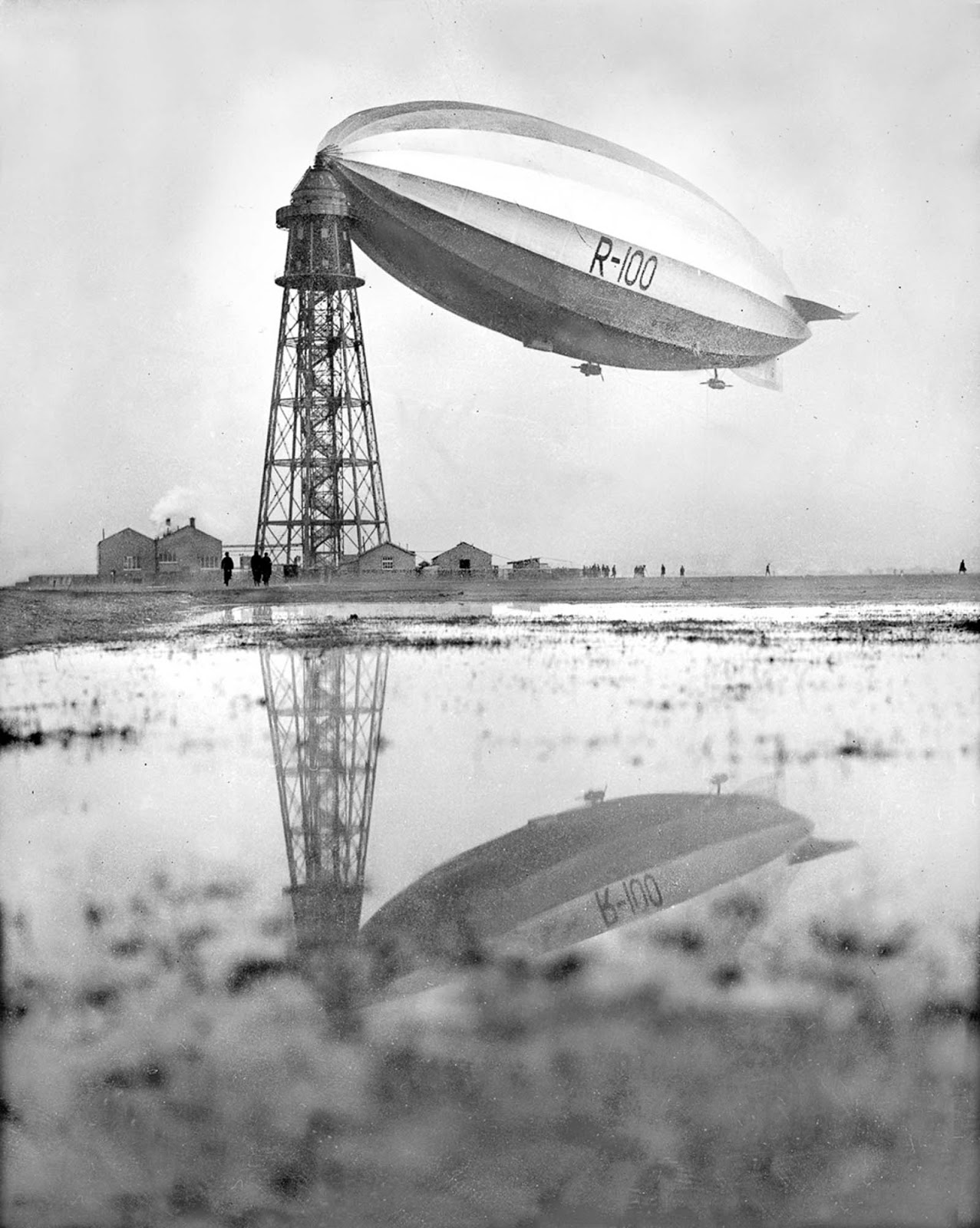
The R100 Airship began construction after the British Government embarked on a project on advancing their airships to guarantee passenger and mail transport between Britain and her empire which was made of India, Australia and Canada.
To start, the first idea of the airship created room for two airships to be constructed. The airship R101, was to be designed and built under the guidance of the Air Ministry, while the other hand, R100, was to be constructed by a private company under a fixed-price contract.
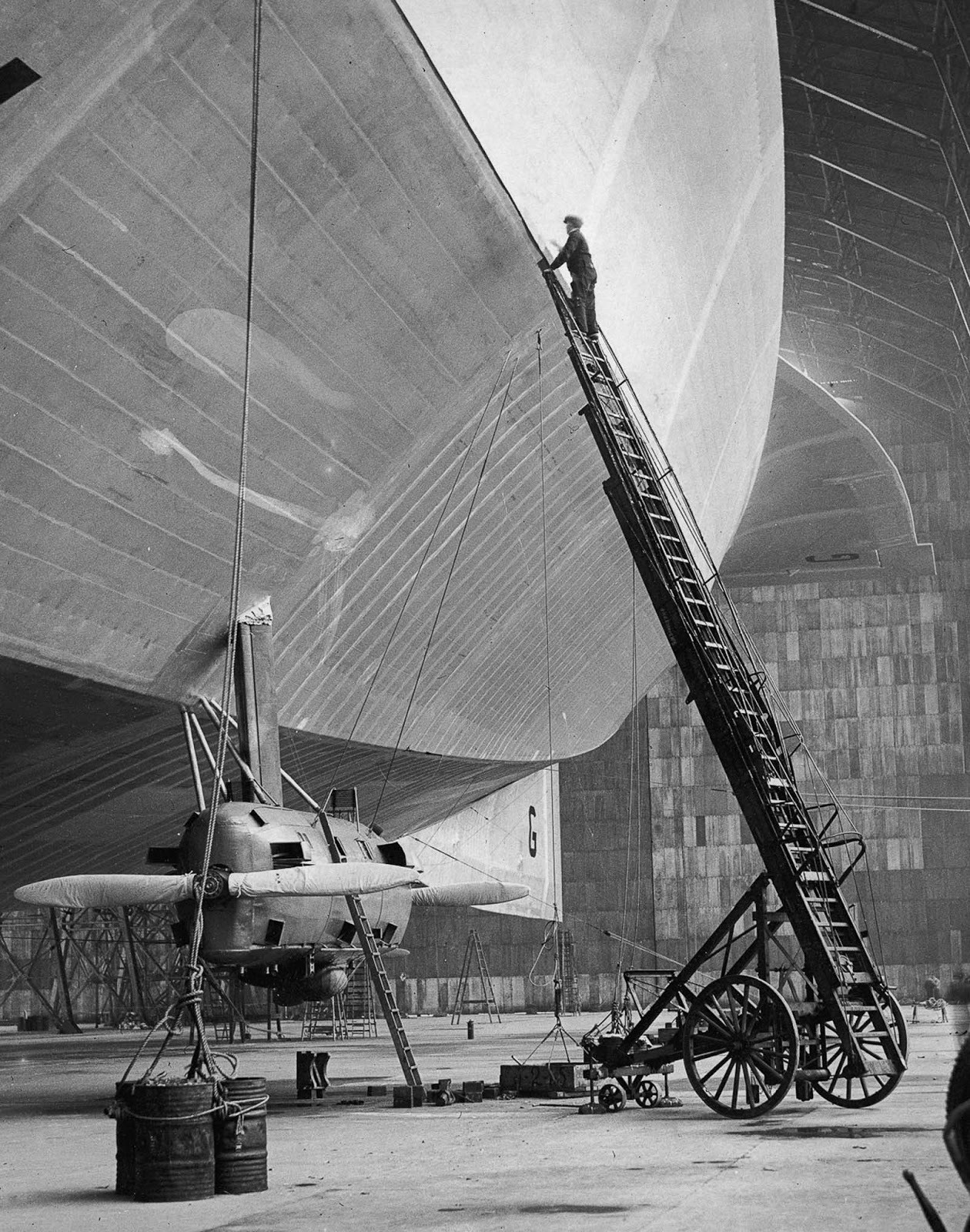
In 1929, The R100 which was designed by Barnes Wallis was the first to be completed in Howden, Yorkshire. It consisted of an airframe made out of duralumin, an early aluminium alloy and was further protected with a covering of a 5-acre fabric sewed together in pieces and then extended over a space. The airship’s width measured 146,000 cubics meter shell and 17 gas bags were made from oxen intestines providing all the important lightness.
SEE ALSO: V-J Day In Times Square: Story Behind the Picture, 1945
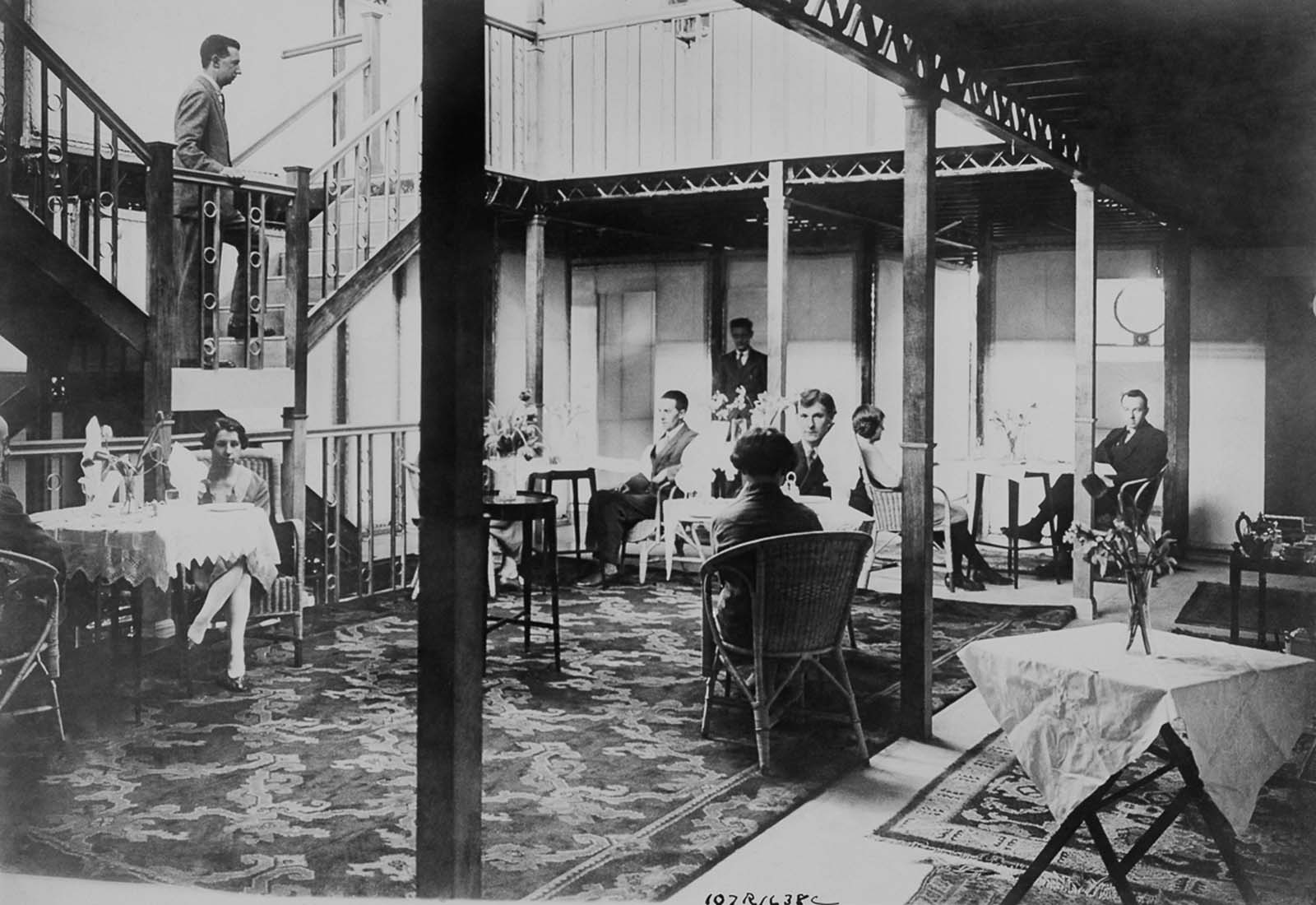
The bags contained 500 million cubic feet of ultra-flammable hydrogen, the United States also had the most control and ownership of helium, another lighter-than-air gas. However, during the design, there wasn’t room for it as it was never included in the features the UK required for their airship program.

The R100 could contain 100 passengers in a selection of accommodations; the cabins were positioned in 14 two-berth and 18 four-berth. The airships had a set of double-height windows in a curved shape on both sides of the ship. It permitted the passage of light in two sets of promenade decks on both sides of the passenger accommodation.
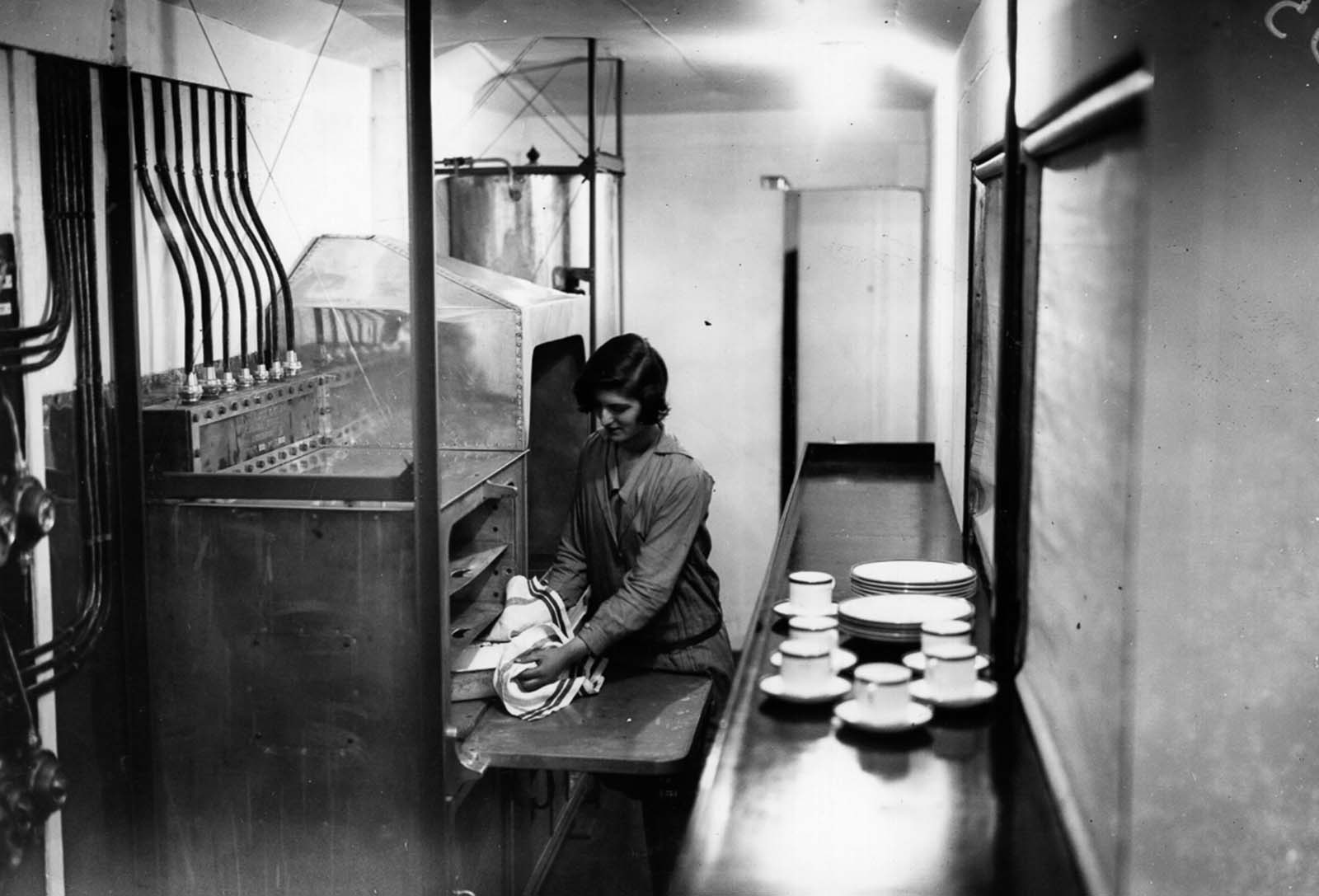
Furthermore, the gallery led to the upper deck cabins, which could overlook the lower promenade deck also. The dining room could comfortably contain 56 passengers in one sitting. On each side of the dining room were two large panoramic windows allowing a two-tier promenade deck giving the interior a large, open and light feel.
SEE ALSO: These Unique Images From 1890 To 1950 Show The Last Civil War Warriors

The service of the caterers was carried out in an electric kitchen next to the dining room, where the food would pass through a large window by the serving staff to the diners. The R-100 advertising pamphlet described it as “like a small hotel” and “intermediate in comfort between a Pullman coach and ocean liner.”

On the morning of December 16, 1929, the R100 made its first flight after departing the Howden at 07:53, it had a slow journey to York before changing its route for the Royal Airship Works at Cardington, Bedfordshire, running on five engines since one of the engines had to be shut down because of a broken water jacket, and completing the mooring process at 13:40.
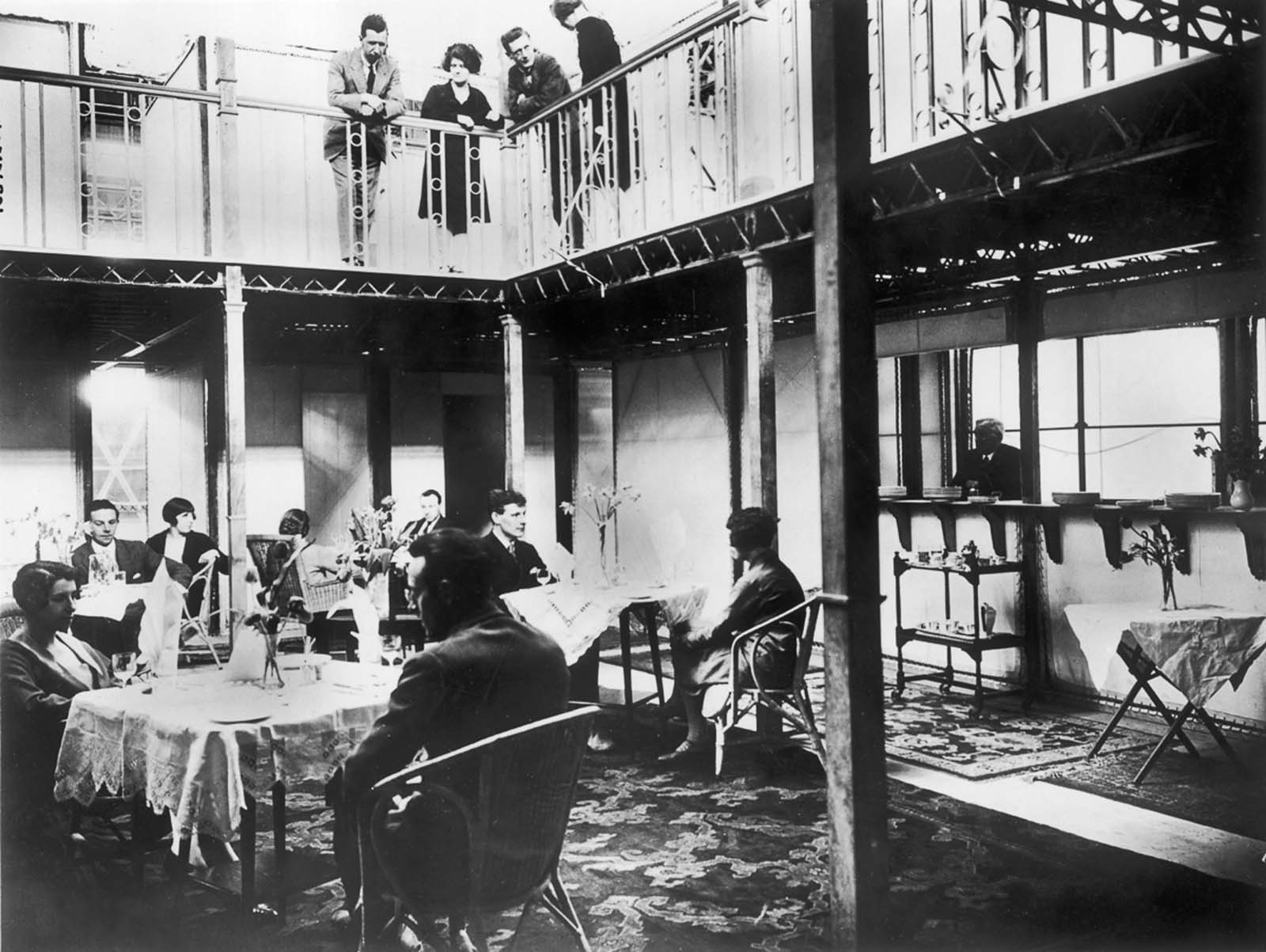
Following it, a second flight was made the next day, with the hope of making it to London, however, it wasn’t long till a part of the airship fabric got intertwined in a mast stripping the ship, and the flight was limited level around Bedfordshire to test control response, this lasted for 6hr 29 min and the next day, R100 was moved from the mast to No.2 shed at Cardington where the renovation and repair began. However, the wiring holding the cover in place began and this took until 11 January 1930.

On 16 January 1930, during a performance test, the R100 attained a speed of 81.5 mph (131.2 km/h). While speeding a problem with the outer covering was discovered.
Upon the completion of its seventh trial flight, it concluded it was ready for a transatlantic flight or long-distance proving flight by one of the two new airships.
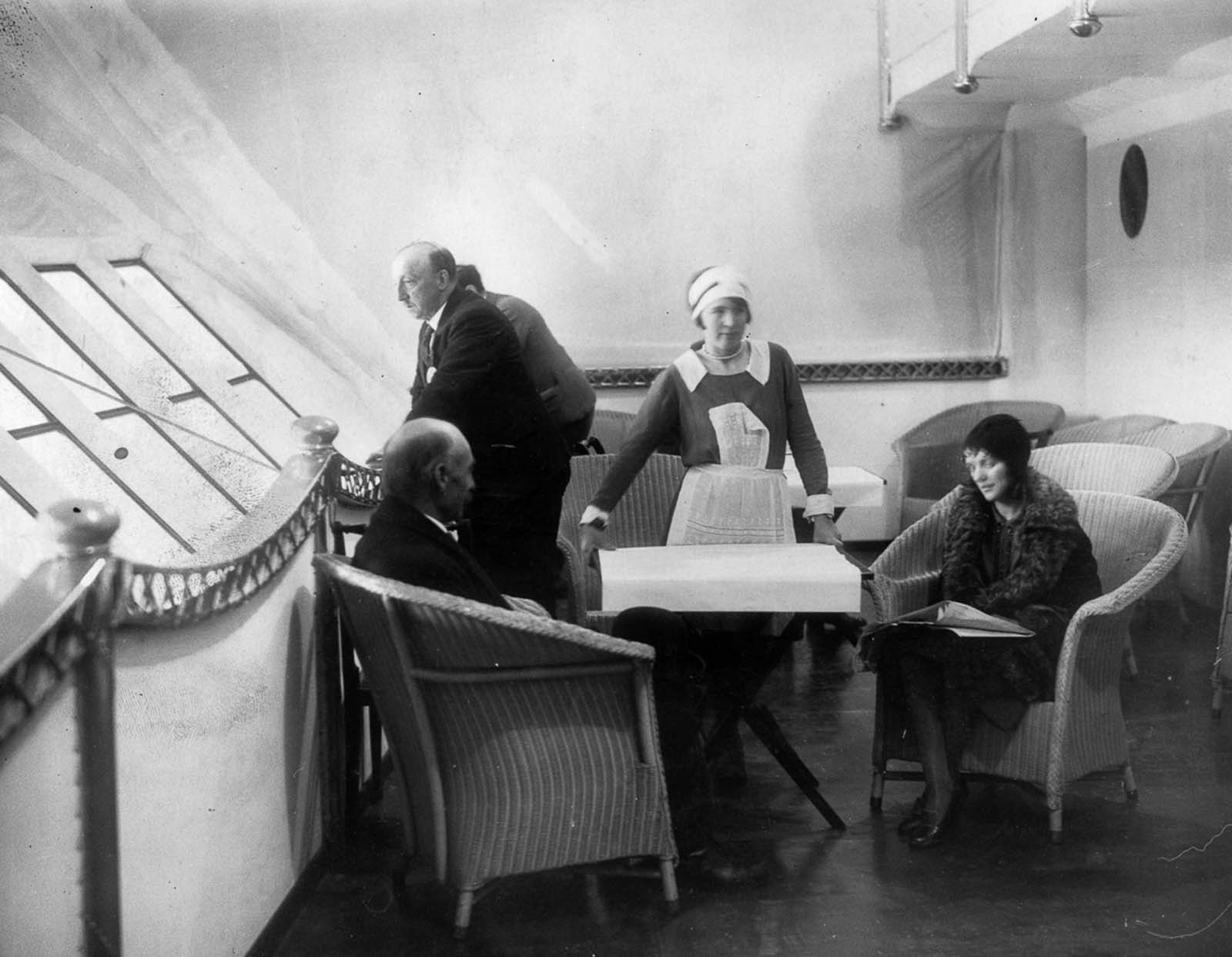
Since the R101 airship had been put back in Shed Number 1 for more changes to be made to the design to enable the disposable lift, the R100 was charged with a trip to Canada. It had successfully crossed the Atlantic to Montreal to the newly erected mast. At 02.48 am in the morning of 29th July 1930, The ship slipped the moorings from the Cardington mast.
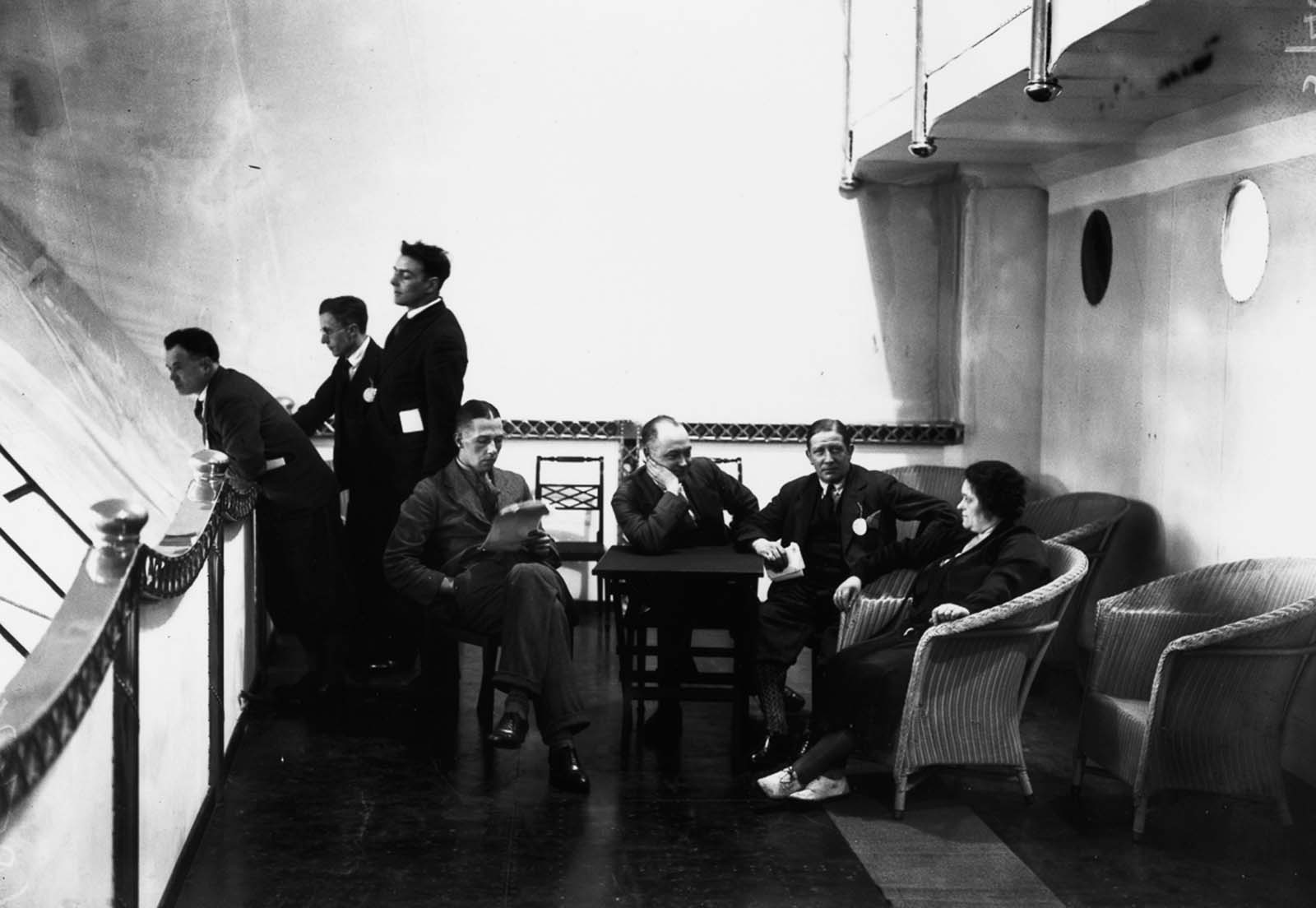
The airship spent 12 days in Montreal where over 100,000 people kept visiting the airship. Soon after, the R101 airship crashed and got burnt in France, while heading to India on 5 October 1930. After which, under the instruction of the Air Ministry, the R100 got grounded.
SEE ALSO: Rare Photos Of The First Flight Expedition Over Everest, 1933
